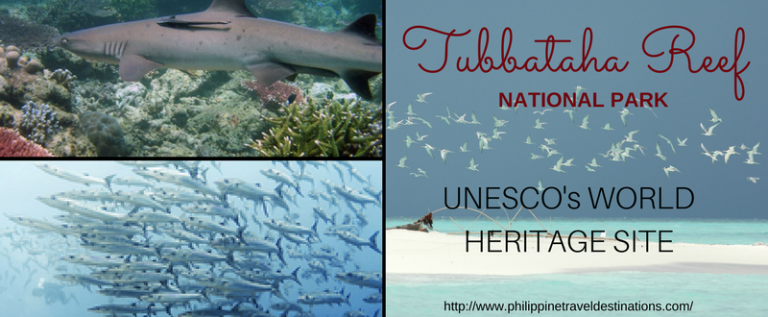Those who want to explore eco-marine tourism in Asia have on their bucket lists the Tubbataha Reef as their first Philippine travel destination. Find out why.
The Tubbataha Reef is a protected area at the southernmost portion of the Philippines at the middle of Sulu Sea. The natural park, which is a bird and marine sanctuary, covers an area of about 97,000 hectares and is located about 93 miles just southeast of Puerto Princesa City, capital city Palawan.
Tubbataha Reef consists of two large atolls called the North Atoll and the South Atoll as well as a small reef named Jessie Beazley Reef. The islands and reefs which are uninhabited is part of the municipality of Cagayancillo in Palawan. The reef is also situated on the Cagayan Ridge which consists of extinct underwater volcanoes.
A world heritage site
Tubbataha Reef National Park was declared by UNESCO as a world heritage site in 1993 due to its high volume of marine species as well as a nesting place for marine turtles and birds. The perfect coral reef has an amazing 100-meter perpendicular wall with two coral islands and lagoons. These are all part of the Coral Triangle which is the center of marine biodiversity and the home of 75 percent of a specific coral species as well as 40 percent of the reef fish of the world.
The Hawksbill and Green sea turtles are also known to nest in Tubbataha Reef.
Tubbataha Reef has since been home to a total of 600 species of fish, 11 shark species, 360 coral species, 13 whale and dolphin species as well as 100 bird species.
Ramsar Convention, an international treaty for the conservation and sustainable use of wetlands, considers the reef as one of the wetlands of utmost international important.
The reef was also nominated as one of the candidates for the New 7 Wonders of Nature in 2008. The captivating beauty and natural richness of the reef make it a target for poachers and other natives who contribute to overfishing and who practice destructive fishing.

